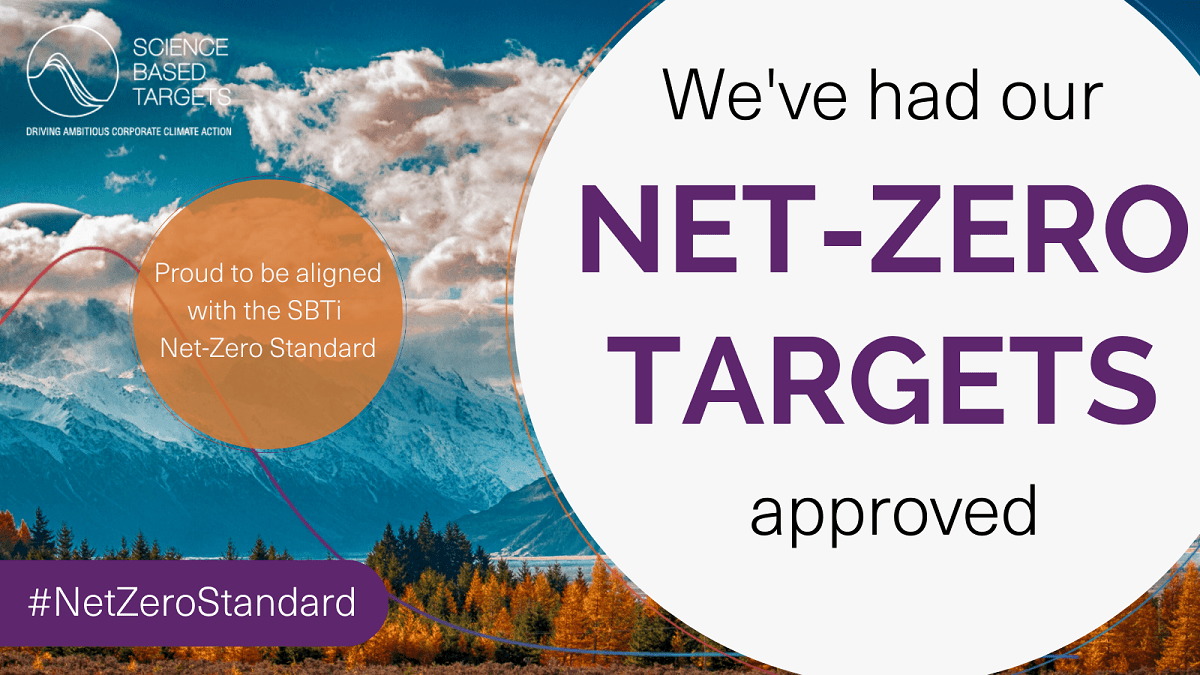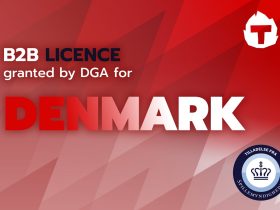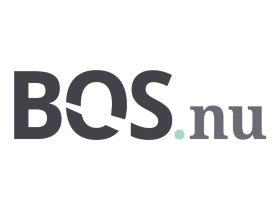Paf’s climate goal is to reach Net-Zero emissions for the entire business by 2040. The target has now been validated by the Science Based Targets initiative (SBTi) and it is in line with the Paris Agreement’s goal of limiting global warming to 1.5 °C.
The Nordic gaming company Paf will work actively to reach Net-Zero. This means that Paf will reduce its greenhouse gas emissions by 90% by 2040 from 2019 emission levels. The remaining 10% of emissions will be addressed through neutralization and carbon offset.
“We are proud to be one of the very first in our industry to set ambitious Net-Zero targets. Having our targets approved by SBTi is an important milestone in our environmental responsibility work,” says Daniela Johansson, Deputy CEO & Chief Responsibility Officer at Paf.
A powerful commitment
Paf’s climate goal represents a strong and clear ambition to take responsibility for its environmental impact. Paf has already had its Near-Term target approved by SBTi: to reduce Paf’s direct emissions (Scope 1 and 2) by 46% by 2030 from a 2019 base year.
“Reaching Net-Zero is not something you can do alone and it requires a broad collaboration. We will work closely with our suppliers and partners to achieve this goal,” says Anna Ingman, Environmental Specialist at Paf.
To ensure that the climate goals are reached, climate work needs to be integrated into every aspect of the business. Engaging the entire supply chain strengthens the commitment and creates a common ground for sustainable development.
“Paf’s Net-Zero goal is an ambitious and important step in the right direction. We hope to inspire other companies to take responsibility for their emissions and contribute to a more sustainable future,” says Daniela Johansson.
Although it is not a requirement from SBTi, Paf plans to continue climate financing along the way.
This is SBTi
The Science Based Targets initiative is a collaboration between CDP, the UN Global Compact, the World Resources Institute (WRI) and the World Wildlife Fund (WWF). The initiative was launched in the context of the 2015 Paris Agreement.
SBTi offers companies a robust and scientific framework of climate targets and methodologies. The targets should be in line with what science says is needed to keep global warming below 1.5°C.
SBTi counts greenhouse gas emissions according to the GHG protocol which consists of:
Scope 1 / Direct emissions
Direct greenhouse gas emissions that come from sources owned or controlled by Paf (in Paf’s case company vehicles).
Scope 2 / Indirect emissions from purchased energy
Emissions from heating, cooling and production of electricity purchased by Paf.
Scope 3 / Indirect emissions from business activities
Indirect emissions caused by Paf’s activities such as business and customer travel, purchased technology, electricity consumption for physical games and server services, as well as capital goods, waste management and employee commuting to and from Paf’s offices. Scope 3 contains a total of 15 categories, eight of which are relevant to Paf’s operations.
Depending on their size, companies apply in different pathways to have their climate targets approved by SBTi. As Paf has fewer than 500 employees, the climate target was approved as an SBT-target for small and medium-sized enterprises.







Leave a Reply